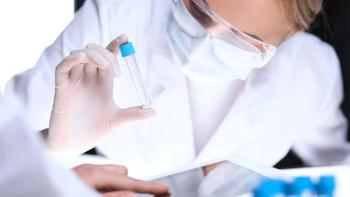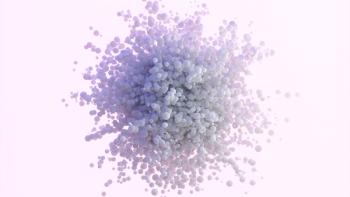
After a previously announced merger, Protagen Protein Services, BioAnalytix, and GeneWerk have formed a new CRO under the name ProtaGene.

After a previously announced merger, Protagen Protein Services, BioAnalytix, and GeneWerk have formed a new CRO under the name ProtaGene.

Fujifilm Diosynth Biotechnologies' 89,000 square-foot expansion of its BioProcess Innovation Center in Research Triangle Park, N.C., will double its capacity to support process characterization.

The acquisition of Protein Metrics expands Insightful Science’s R&D solutions to include proteomics.

Particle analysis provides assurances of the quality and performance of the final dosage form in pharmaceutical development.

Sample preparation tends to be manually labor intensive, but automating this step helps streamline the glycosylation monitoring workflow.

Persistent bottlenecks in biocatalyst development can be alleviated through fully automated enzyme analysis.

There is need for training personnel in various analytical skill sets for biologic drug substance testing.

Amgen and Syngene International have extended their research collaboration to 2026.

Genezen has opened its new process development and analytical lab for viral vector production.

Bionique Testing Laboratories has been acquired by Asahi Kasei Medical and will join the company’s biosafety testing services unit.

The companies will focus on the rapid development of polymerase chain reaction assays for emerging pathogens and potential health threats, including biological threats.

The authors introduce the idea of asymmetrical tolerance intervals as an aid in fully assessing product performance relative to product or process requirements.

Simple, inexpensive real-time analytics are urgently needed for high value products.

Particle analysis is a critical component of pharmaceutical development, providing assurances of the quality and performance of the final dosage form.

Sartorius is investing €100 million (US$113 million) between 2021 and 2025 to expand capacities for production, innovation, and storage at its French facilities in Aubagne, Cergy, and Lourdes.

Analytical methods need a boost to ensure quality control for cell and gene therapies.

Different methods to calculate limits for impurities will give different answers. The prediction interval method may be ideal.

Researchers from MIT have developed novel nanosensors for the detection of the nucleocapsid and spike protein of the SARS-CoV-2 virus.

MilliporeSigma’s new ColorWheel flow cytometry portfolio is designed to create antibodies and dyes analogous to a primary conjugated antibody.

Sartorius’ newly redesigned vacuum filtration units are designed to allow for faster and higher-capacity filtration while offering enhanced stability for sample processing.

Lonza is expanding its microbial development capabilities at its Visp, Switzerland, site to support clinical and commercial drug development programs.

Synthace has raised $35 million in funding to fuel growth of its life sciences R&D technology.

Part 2—Industry experts from MilliporeSigma, Lonza, Astrea Bioseparations, and Sartorius provide insight and examples about solving critical challenges in both analytics and process development for emerging therapies.

Part 1—Industry experts from MilliporeSigma, Lonza, Astrea Bioseparations, and Sartorius discuss key issues affecting the development of emerging biotherapies.

The partnership between Waters and Sartorius aims to accelerate speed and increase accuracy in bioprocessing analysis.